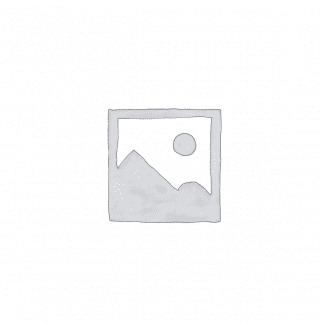ABSTRACT
Wine can be produced from paw-paw carioca papaya. Ripe paw-paw were peeled, sliced and homogenized using a weaving blender to obtain 2.5 litres of paw-paw ‘MUST’ the fresh ‘must’ be added 0.49 litres of sodium metabisulphate to sterilize it, and get it ready for fermentation.
Fermentation was started by inoculating the ‘must’ with 15-25 hours grown yeast + culture (starter culture and primary fermentation), which will last for days and racked before secondary fermentation which lasted for 14 days. The young wine was racked OH from ‘less’ filtered and pasteurized. Maturation was allowed for 4 weeks only because of time constraints. Physicochemical of wine were carried out and determined to be PH-4 .0 specific gravity 1.0406, titrable acidity and alcoholic content ” 80% (v/u).
Microbiological assay of the wine was carried out and the microbial load was total plate court 23 x 105 coliforms court 10 x 105 and yeast court 5 x 105. This shows that the wine was contaminated during processing and is not recommended for consumption. It is possible to produce accepted table wine from ripe paw-paw when the microbiology is under control.
TABLE OF CONTENTS
Certification
Dedication
Acknowledgement
Abstract
Table of Contents
CHAPTER ONE
1.0 Introduction
1.1 Classification of wine
1.2 Objective of the study
1.3 Specific objective
1.4 Statement of problem
1.5 Hypothesis
1.6 Significance of study
CHAPTER TWO
2.0 Literature review
CHAPTER THREE
3.0 Materials and methods
3.1 Materials
3.2 Methods
3.3 Pipe Paw-paw
3.4 Racknig
3.5 Maturation and ageing
3.6 Microbiological quality control of the Paw-paw wine
3.7 Plate method
3.8 Streaking method
3.9 Gram staining
3.10 Alcoholic determination
3.11 Determination of titrable acidity
3.12 Estimation of total reducing sugar
3.13 PH determination
3.14 Specific gravity determination
3.15 Bottling, pasteurization and corking
3.16 Flow sheet for the production of table wine
CHAPTER FOUR
4.0 Result and discussion
4.1 Media number of organism
4.2 Culture media composition and preparation
4.3 Macconkey agar
4.4 Dextrose agar
4.5 Microbial isolation of fungi
4.6 Characteristic and isolate from wine sample
CHAPTER FIVE
5.1 Conclusion and recommendation
5.2 Recommendations
REFERENCE
DISCLAIMER:
- For Reference Only: Materials are for research, citation, and idea generation purposes and not for submission as your original final year project work.
- Avoid Plagiarism: Do not copy or submit this content as your own project. Doing so may result in academic consequences.
- Use as a Framework: This complete project research material should guide the development of your own final year project work.
- Academic Access: This platform is designed to reduce the stress of visiting school libraries by providing easy access to research materials.
- Institutional Support: Tertiary institutions encourage the review of previous academic works such as journals and theses.
- Open Education: The site is maintained through paid subscriptions to continue offering open access educational resources.



